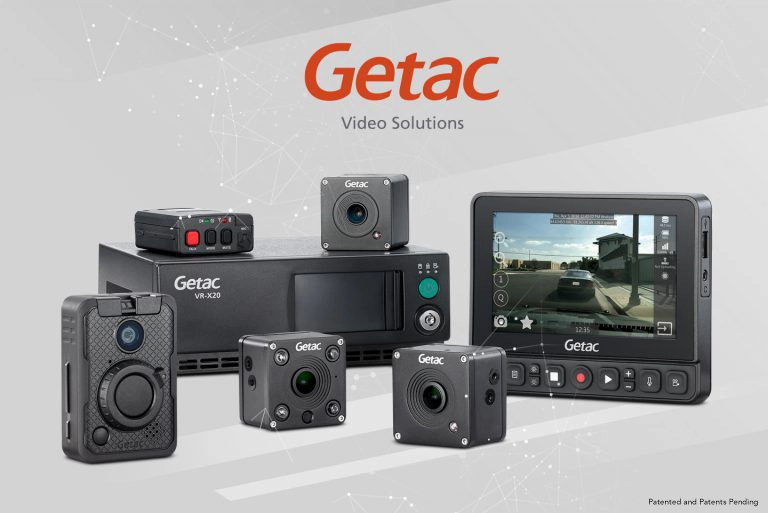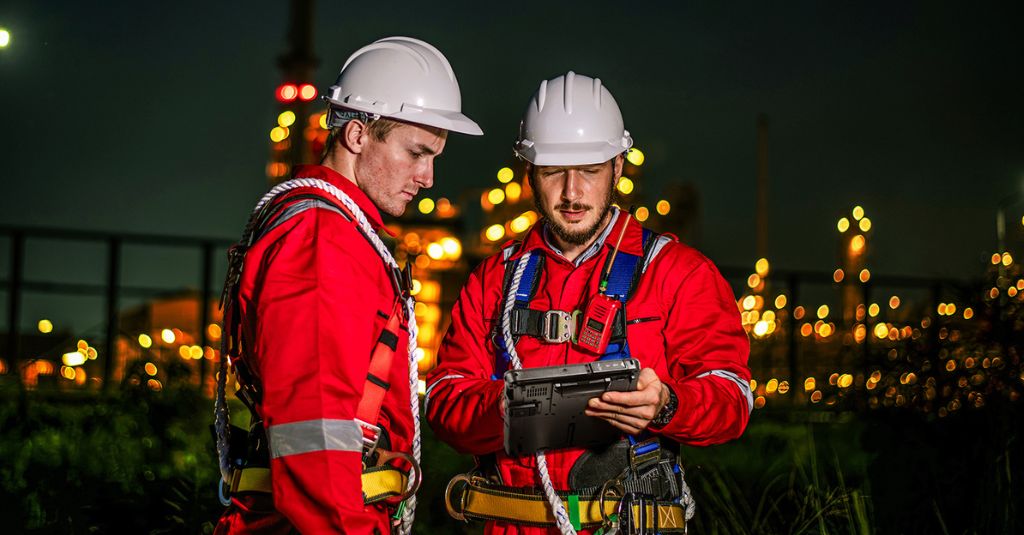As one of the leading rugged computer providers, Getac offers extensive rugged computing product lines and serves a wide range of vertical markets.

Getac Select
A combination of rugged computing devices, software, accessories and professional services in a purposeful range of specifically tailored solutions.
Getac Video Solutions
Video capture, evidence management, rugged hardware and robust software solutions for law enforcement and other industries.
Defense
Mission-critical COTS computing that delivers high powered processing and reliability in operational environments
Public Safety
Law Enforcement, EMS, Fire & Rescue applications
Utilities
Smart Meter Reading and Installation, On-site Safety, Utility Asset Management, Workforce Management for Utilities, Mobile GIS, Surveying and Mapping
Transportation & Logistics
Railroad Management, Airport Management, Port Management, Long-haul Delivery Fleet Management, Warehouse Materials Handling
Industrial Manufacturing
Industrial Programming and Robotic Control, Facility management, Compliance and Inspections, Workforce Management, Inventory and Warehouse Management, Factory Automation and Plant Monitoring, EAM and CMMS Solutions.
Automotive
Optimized Rugged Mobile Solutions to drive a smarter approach throughout the automotive value-chain.
Natural Resources
Mining, Forestry and Construction applications
Oil & Gas
Remote Support, Asset Management, Field Data Analysis, Workplace Safety
Law enforcement agencies across the country are evaluating and purchasing body-worn cameras (BWCs) for their officers, and they are doing so for several reasons. First, these cameras can enhance the safety of the officers and the public at large, and improve the relations between the two. What’s more, BWCs can provide evidence from a crime that might not otherwise be captured, and potentially provide it from a different perspective.
But not all BWCs – and the vendors that manufacture them – are created equal. Understanding your agency’s needs, your expectations and what’s available on the market can go a long way in helping any agency determine which vendor and BWC fit their environment best.
So as you consider BWCs for your agency, here are some factors to consider:
There are many BWC vendors out there, but body-worn cameras may or may not be the sole focus of several of these vendors. They might sell BWCs alongside completely unrelated products, such as cell phones or TVs. It’s important, though, that the vendor is committed to not only selling BWCs but also supporting these products with technical support and upgrades.
When evaluating vendors, ask the following questions and consider the answers:
Companies with a sole focus on body-worn cameras and law enforcement technology will be up on the latest trends and are motivated to provide products and solutions to support those trends.
As body-worn cameras are technology-based, chances are you will find yourself needing technical support. It’s important to understand how much support the vendor provides, and how they provide it. Is it 24/7 and is the support desk easy to reach? Can you contact them on a dedicated support line as well as via chat or text?
Law enforcement does not operate in a 9-5 world, and neither should the technical support you receive for your body-worn cameras.
A body-worn camera is just one piece of the puzzle; you also need a backend video management tool to collect, track, store and manage the massive amount of video data the BWCs collect.
Does the vendor provide that for you, or do you need to find a third-party vendor on your own? And, once you do, where and how will you store this data: on your local servers, or will you leverage a cloud-based solution such as the Microsoft Government Azure platform?
A cloud-based solution will help to:
As you evaluate solutions, be sure to look beyond the actual hardware and determine what additional solutions the vendor provides so you can easily manage all that data.
How are you planning on using body-worn cameras? Where will your officers actually wear them on their bodies? Not everyone will use them the same way so consider the different mounting options a vendor has for its cameras.
In addition, are the BWCs lightweight and easy to use? Do the cameras turn on automatically when triggered by a specific event, such as when an officer opens the patrol car door or draws a weapon? And, do the BWCs have built-in Bluetooth and Wi-Fi in order to respond to the customizable triggers?
How about the audio quality of the BWCs? Is it crisp and clear or muddled? And, what happens in low light or darkness? Is the BWC still able to capture the imagery?
These are important questions to keep in mind when evaluating BWCs and talking to solution providers.
Officers often are doing their jobs in a less-than-ideal environment and the BWCs should be able to as well. This means in extreme heat or cold and in the rain or snow. In addition, the cameras should be able to handle bumps, scratches and even being dropped without missing a beat.
Will you be able to rely on it for your entire shift? In other words, will its battery life last more than 12 hours? This is a critical issue so be sure you won’t have to charge its battery mid-shift. Also, check into the overall lifespan of the battery.
A rugged camera that can handle wear and tear will serve you well.
While these are the top five considerations to take into account when evaluating body-worn cameras and their vendors, we know that every department is different with different needs. That is why we continuously work with our customers to understand how they use our products and the data they collect to make improvements to our solutions.
Law enforcement agencies across the country trust the body-worn camera solutions that Getac Video Solutions offers. To learn more about the services we provide, check out this video.
As one of the leading rugged computer providers, Getac offers extensive rugged computing product lines and serves a wide range of vertical markets.


